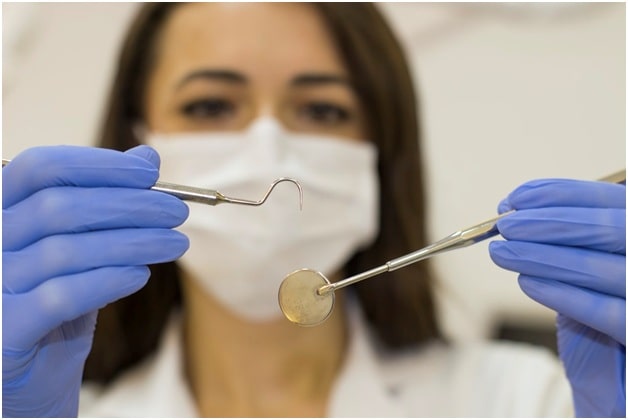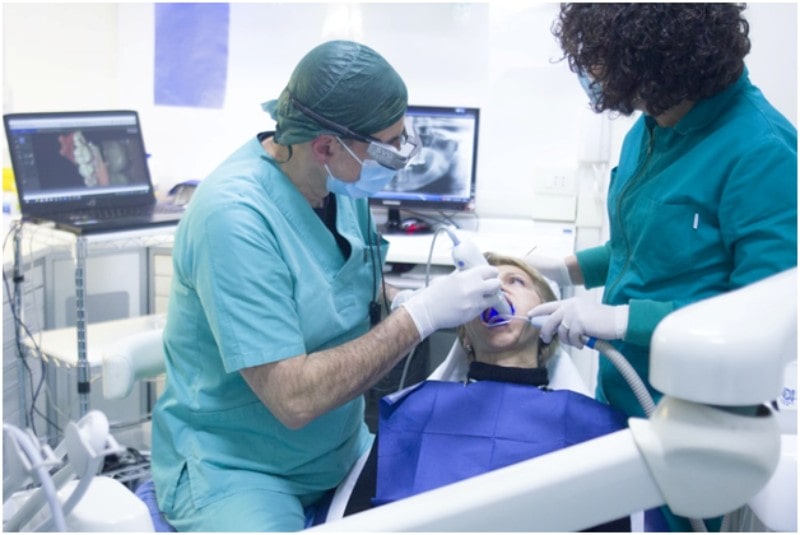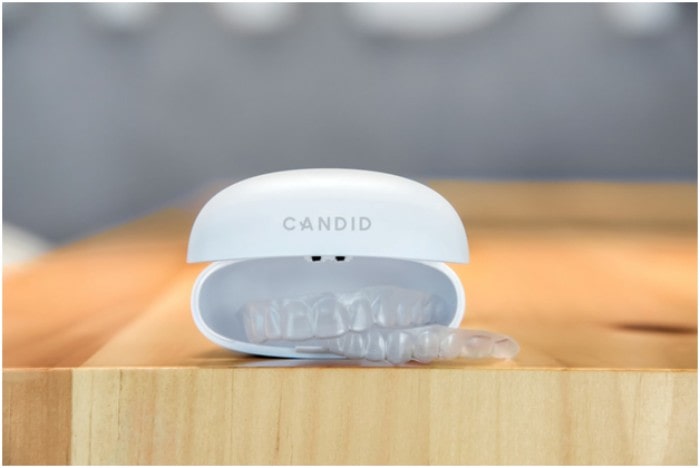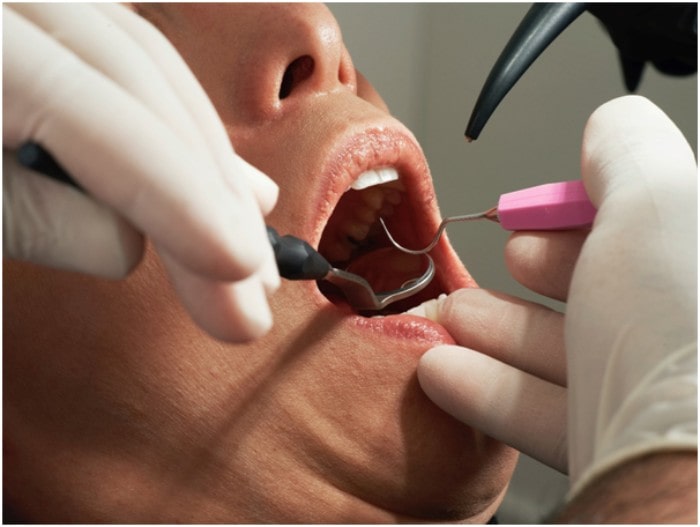Dental veneers Liverpool are considered one of the fastest and most effective cosmetic procedures performed in the local dental clinic, resulting in radical changes almost immediately, as the laminates are more than capable of covering staining and chipping. By carefully arranging the veneers, gaps in the smile can be closed, having a similar appearance to orthodontic treatment.
Dental laminates are thin pieces of composite porcelain polymer which are colour matched to your natural teeth, unless they are being applied as a complete set, in which case they give you the freedom to select whichever shade you desire. Most veneering procedures occur in multiple sessions. During the first appointments, measurements are taken as well as recording of tooth shade and translucency; this information is then sent to a dental laboratory where the veneers are created and a fitting session is booked to coincide with the delivery to the clinic.
Laminates are held in place with a UV cured bonding material, which works best when being applied to a textured surface. So, before the veneer is applied to the front of the tooth, it is etched with a dental drill; the goal is to form a good surface to adhere to whilst losing as little enamel as possible. Veneering techniques which were first pioneered in the 80s were quite destructive to the tooth surface and enamel, resulting in a dramatic thinning of the enamel at the front of the tooth. This was thought not to be an issue, as the veneer itself would act as a barrier against cavities. This turned out to be half true, as cavities started appearing at the edge of veneers and encroaching underneath them.
If you have veneers, looking out for these subtle cavities will be one of your dentist’s priorities during your 6 month standard check-ups.

In situ composite veneering
During in situ composite veneering a UV cured resin is applied directly to the tooth, set and built up. The exact shade and translucency of the resin can be altered whilst they are mixed. The fully cured resin can then be shaped using a dental drill; this technique of creating laminates in situ (as in creating them in the patient’s mouth) reduces the treatment time by cutting out the need to send specifications to a dental laboratory and wait for the veneers to be assembled then delivered to the clinic. Its rapid turnover has made in situ composite bonding popular, but its effectiveness is heavily dependent on the competency and experience of the dentist. If you are going to pursue composite bonding, you should ask to see a portfolio of the dentist’s previous work.
All that glitters
Composite coverings can give an excellent aesthetic finish, but are not a medical procedure in the sense that they are not corrective of any potential underlying decay or structural issues with the tooth. It should not be considered an alternative to fillings and any underlying medical issues need to be resolved before pursuing laminates. They are rarely covered by dental insurance and many dental clinics offer payment schedules, with 0% credit options for those patients who wish to receive veneers In order to spread the costs.










